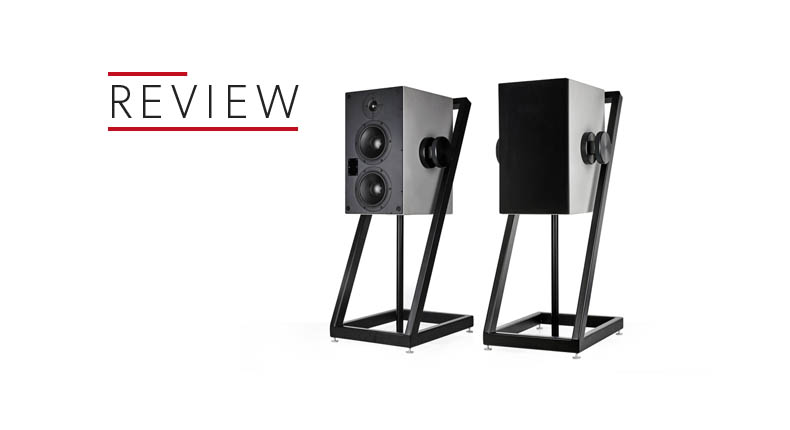What Hi-Fi? Verdict
The Prologos Wireless MkII are one of the most impressive pieces of hi-fi we’ve tested, period.
Pros
- +
Exceptional clarity and detail resolution
- +
Superb build
- +
Impressive engineering
- +
Clever DSP
Cons
- -
Such transparency puts a spotlight on the quality of your music collection
Why you can trust What Hi-Fi?
Ever heard of Goldmund? It’s a 40-year-old ultra high-end Swiss brand with a product range that makes the likes of Mark Levinson and Krell seem positively mass-market.
The company’s aim is to build the best hi-fi and AV equipment possible, and it makes a surprisingly wide range of products – CD players, AV processors, DACs, amplifiers and, of course, speakers are all on the menu.
As the middle-rung Prologos Wireless MkII’s price demonstrates, the company isn’t afraid to charge handsomely.
Build
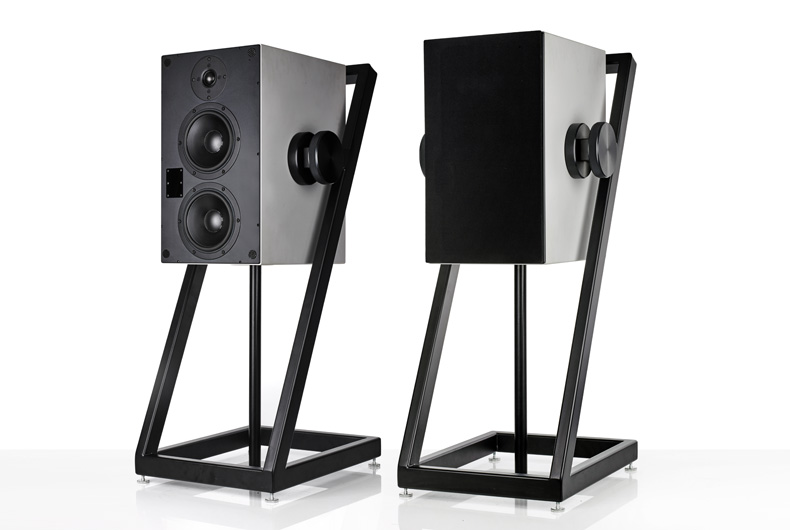
The term ‘wireless speaker’ may, for most people, conjure up the image of a small, portable unit - but here in Goldmund-land it applies to a chunky pair of 50cm tall standmounters.
Once mounted into their distinctive frame stands, the complete assembly makes for an imposing sight - though the clean design makes them look (to us, at least) classy rather than fussy.
The Prologos are an active two-way design, with twin 18cm mid/bass drivers and a 25mm soft dome tweeter per channel. The company doesn’t manufacture its own drive units, but has them custom-made to very close tolerances by well-regarded OEM suppliers.
The tweeter is Scanspeak’s range-topping Illuminator soft dome, while the mid/bass is an Audiotechnology design using a sandwich cone with an expanded foam core.
This complex mid/bass construction helps to deliver a rigid, relatively light but well-damped diaphragm.
MORE: How to build the perfect speaker
Features
Each speaker enclosure houses a pair of 175W power amplifier modules – one for the tweeter, the other for the mid/bass drivers. But the Prologos are way more sophisticated than most active speakers you'll come across.
They also pack enough electronic brainpower to process a range of proprietary software designed to ensure their acoustic output is as even and phase-linear as possible.
Goldmund has been developing this software for years, and it’s a major part of what makes these speakers so different from any rival we’ve encountered.
Even the stands are unusual. These work more like bicycle stabilisers than a typical support.
The speaker’s weight is supported by a metal pole, which is attached to the underside of the aluminium cabinet. This takes the vibration energy generated by the drive units and dissipates it into the ground. The frame stand is there simply to ensure the speakers don’t topple over.
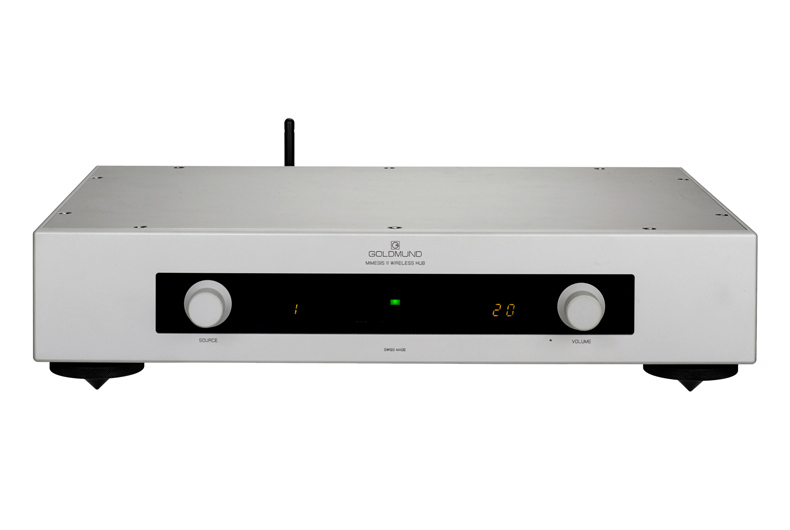
The idea is to make the cabinet as inert as possible, and this technique certainly seems to work – there’s very little vibration felt on the enclosure, even during loud playback. Less cabinet vibration means the sound you hear is from the drive units and nothing else.
Build quality is as impressive as you would expect at this level. The speakers feel immensely solid and, at 35kg for each channel (without the stands) are surprisingly hefty. Finish is lovely, with every edge lining up beautifully and each surface nicely machined. The Prologos are expensive, but undeniably have the luxurious aura essential to match their price.
There are two ways to get a signal into the Prologos. You can use them with one of the company’s controllers (we use the entry-level Mimesis 11 (£10,250 of ‘entry-level’, pictured above), which is a digital preamp with a wireless transmitter built-in) or use the supplied wireless USB dongle and plug it into a computer.
MORE: How to buy speakers and set them up for the best sound
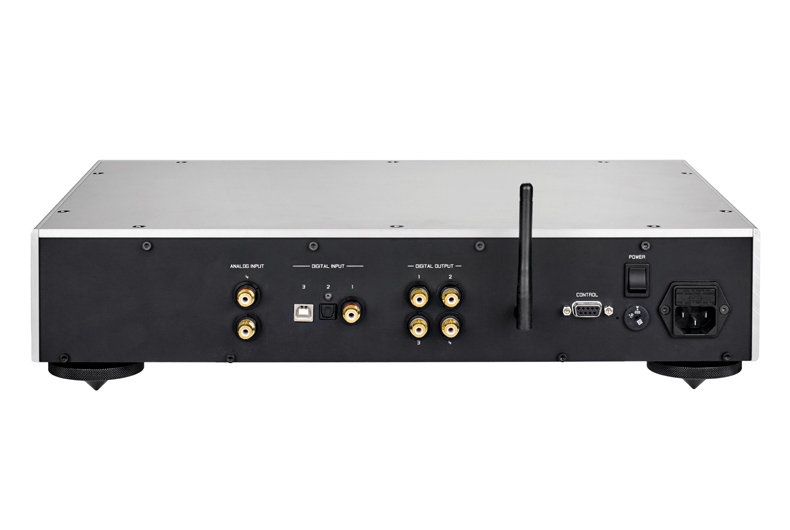
The wireless tech is a proprietary system developed, by Goldmund in conjunction with Texas Instruments, specifically for transmitting digital audio.
It operates on the 2.4GHz band and is limited to four channels at 16bit/48kHz. If you want to playback higher-resolution source material, you’ll have to use a wired connection. If you do go down this route, you can daisy-chain the speakers or connect each directly to the controller.
Sound
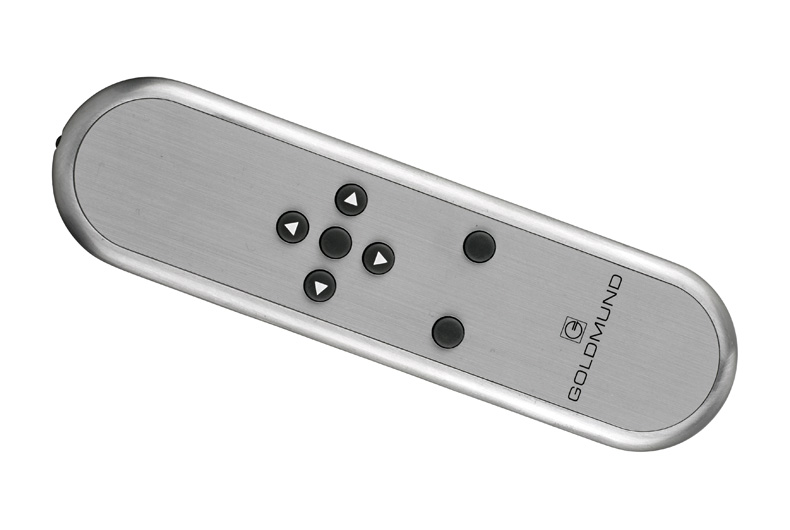
These speakers are surprisingly unfussy when it comes to placement. We start with them in the same slightly angled free-space position as that favoured by our reference ATC SCM50s and feel no need to move them – the tonal balance is impressively even, and stereo imaging as expansive as we could wish for.
We compare the wired and wireless connections using CD-spec files and find, rather to our surprise, we favour the sound of the cable-free option. It sounds a little more lively and open, though losing out just a touch in focus and subtlety in the process.
We compare the sound of the USB dongle with that of our laptop feeding to the Memisis 11 and - as expected, considering the price of the unit - come out preferring the results of the dedicated digital hub.
The sonic results are just more solid and composed. There’s also the ability to play a range of sources and the use of a dedicated remote handset (pictured above).
MORE: Best speaker deals - hi-fi, Bluetooth, wireless
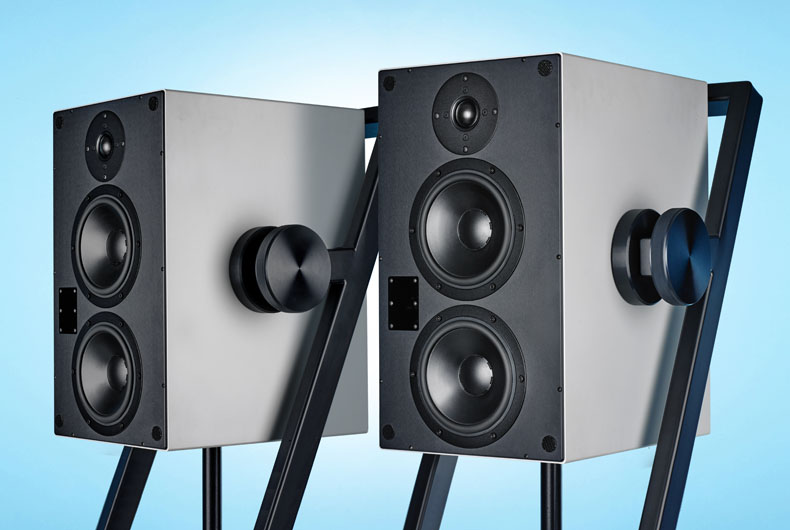
Once properly warmed (our review Goldmunds are well-used demo units, so don’t require the usual extensive running-in period) it doesn’t take long to realise these are outstanding performers.
We start with Beethoven’s Fifth Symphony and the first words that come to mind are 'clarity' and 'detail resolution'. The Prologos’ sound is just so very revealing - every note, every sound is cleanly reproduced and brushed up for inspection. When it comes to outright analysis, we can’t think of an alternative that does any better.
Tonally, they’re impressively even and seamless. The balance may be on the slightly lean side of neutral, but there remains enough authority in the presentation to convince.
It’s clear the proprietary DSP works well and the drive units integrate superbly. No part of the frequency range sticks out, leaving the presentation as cohesive as we’ve heard from multi-way box-shaped speakers.
MORE: How to build the perfect hi-fi system
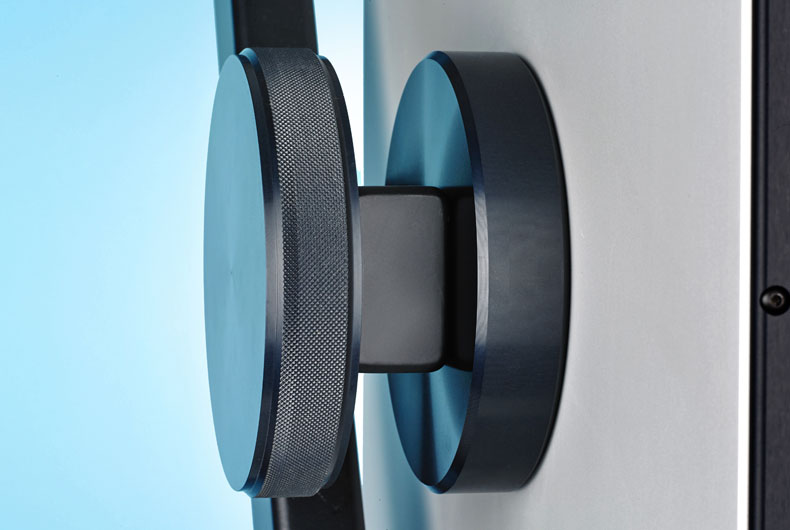
By high-end standards these speakers are relatively small, but the Prologos go surprisingly loud - the company claims an impressive maximum sound-pressure level of 120dB. That’s enough to fill all but the largest of rooms.
Their dynamic reach is equally impressive, allowing them to render large-scale shifts with considerable composure. There’s little sense of hardening up or strain at high volumes - and, just as pleasingly, little change of sonic character even when pushed really hard.
We’re really impressed with the stereo imaging too. It’s a wonderfully stable and expansive presentation as the speakers layer their spacious soundstage with care and confidence.
With eyes closed it is hard to pinpoint the exact position of the Prologos, which points to quiet cabinets and good dispersion characteristics.
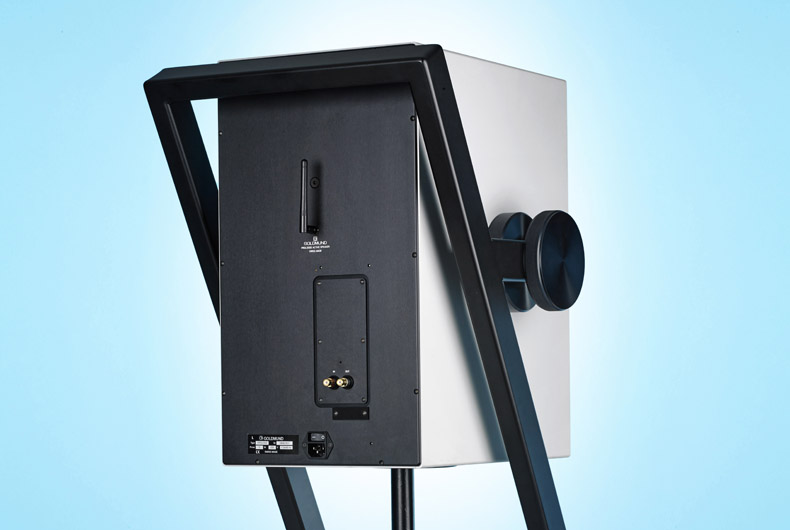
We move to Kate Bush’s Hounds of Love and these Goldmunds continue to excel. With Running Up That Hill (a Deal with God), they convey the song’s drama and momentum superbly.
There’s plenty of punch and attack, yet also the refinement to stop things getting out of hand. Their wonderfully expressive midrange comes to the fore, communicating Bush’s voice with all the finesse and passion it deserves.
Despite the dense production, every instrumental strand remains easy to follow. The speakers never sound the least bit clinical when partnered properly and set up with care.
While they are astonishingly revealing, they still manage to sound spellbindingly musical with most recordings.
MORE: Best hi-fi speakers 2018
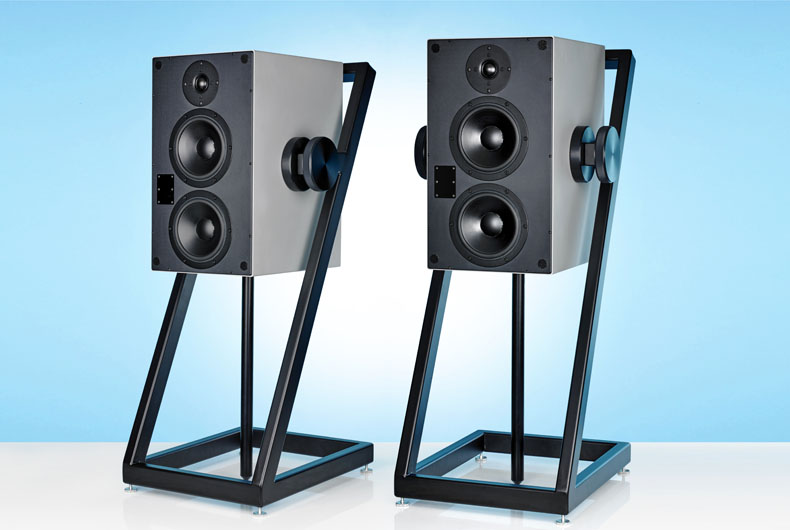
They don’t hide things though, and poor recordings are ruthlessly exposed. If your music collection is packed with low-resolution music files or low-fi recordings, these won’t sweeten or fudge things one bit.
A spin of Massive Attack’s Paradise Circus shows that the Prologos can deliver lows with weight and authority. We’re impressed with the agility of the bass and the speaker’s talent for rhythmic precision.
In most small- or medium-sized rooms, these standmounters can deliver all the low-end power most people will ever want.
Verdict
Wireless technology has always had an uneasy relationship with quality hi-fi.
While the budget end of the speaker market is swimming in portable, no-leads-attached offerings, the top end has been far more resistant to the technology’s charms.
The Prologos prove wireless can work well at the highest levels without sacrificing performance. All it takes is obsessive engineering, software genius and a massive budget.
What Hi-Fi?, founded in 1976, is the world's leading independent guide to buying and owning hi-fi and home entertainment products. Our comprehensive tests help you buy the very best for your money, with our advice sections giving you step-by-step information on how to get even more from your music and movies. Everything is tested by our dedicated team of in-house reviewers in our custom-built test rooms in London, Reading and Bath. Our coveted five-star rating and Awards are recognised all over the world as the ultimate seal of approval, so you can buy with absolute confidence.
